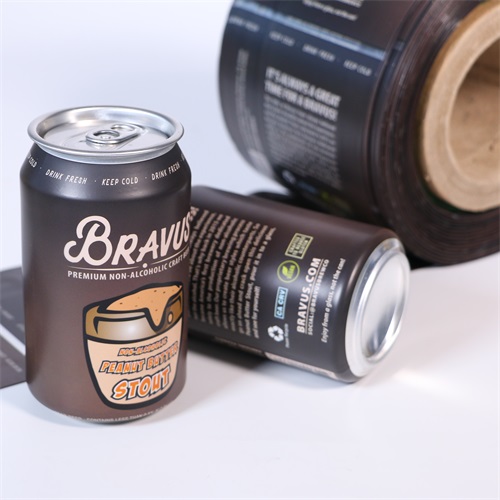For decades, beer packaging has been cookie-cutter. Traditional amber glass bottles and aluminum cans covered in paper labels have become the norm, but the time may be ripe for a major change.
Most beer packaging innovations are demonstrated through labeling, with branding (such as digital watermarks). But today’s consumers are increasingly adventurous and willing to blur product categories, creating a huge opportunity for the market.

“Killer Brand” Brand Building
Beverage labels, including beer, can be divided into three main styles – cut-and-stack labels, pressure-sensitive labels, and shrink labels.
How to create a “killer” beer brand? All forms are multifunctional, giving the design a unique edge.
Cut-and-stack is the oldest and most well-known type of label primary packaging and is usually less expensive than others. It is usually used on glass bottles in the beer industry and is made of paper. It is also seen as a complete package label, just like the label on a plastic water bottle.
Pressure-sensitive labels are similar to cut-and-stack labels but may be better suited for smaller operations. The glue on pressure-sensitive labels is pre-applied like a sticker, while bottling uses cut-and-stack glue and has a separate glue cost. Pressure-sensitive labels can be more expensive because they are more advanced than cut-and-stack technology. With a variety of adhesives, faster labeling is more expensive.
Over the past few years, shrink sleeve label has become the fastest-growing style for craft breweries. This is also considered to be better than pressure-sensitive labels as they can shrink during heating to fit the contours of the container.

Shrink sleeve labels are more expensive than pressure-sensitive labels and cut-and-stack labels, but the benefits may outweigh the total cost. Shrink labels have functional advantages over cans because they are flexible, have quick turnarounds, and allow for quick customization and customer targeting.
Smart packaging technology is used for all types of labels, but the most common is shrink sleeve labels, which can be applied to aluminum cans and glass bottles. As we all know, QR codes can be scanned by mobile phones to get consumers to the brand landing page. Augmented reality (AR) is also present on the packaging, with a sticker that can appear on the phone screen to incorporate a character or tell a story. Digital watermarking is a newer technology, but very similar to QR codes. But they’re built into the packaging graphics, hidden in the artwork, and don’t take up the space of a QR code. It works the same, scans the link to the login page via the phone. But it needs to be clearly stated, as this is a less obvious branding element.
